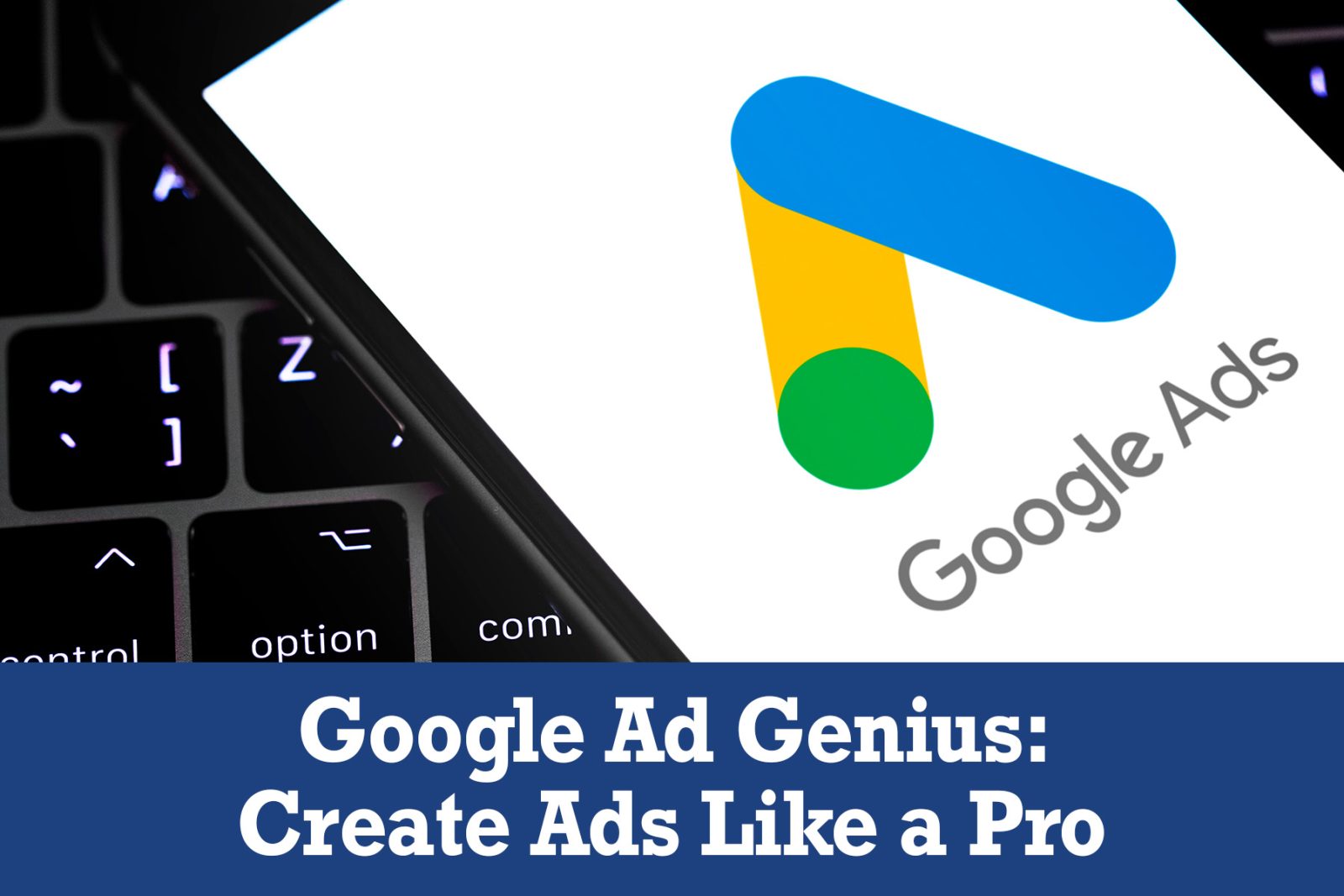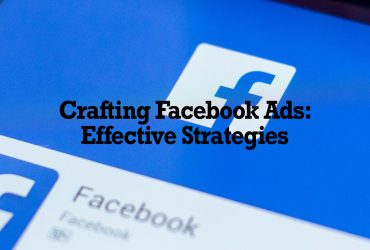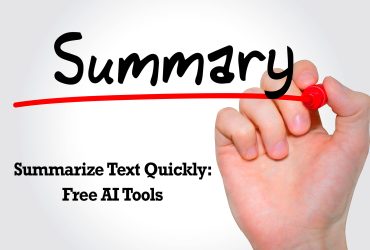Google Ads can be a game-changer for businesses. A well-structured campaign can increase brand awareness by 80%. This remarkable tool allows advertisers to reach potential customers as they search for products or services similar to what they offer. Understanding and leveraging Google Ads can significantly enhance a business’s online presence and drive substantial traffic to its website.
Creating ads like a pro isn’t just for large corporations; content creators, digital marketers, and small business owners can also see tremendous benefits. By mastering Google Ads, they can target audiences more effectively, control advertising costs, and measure success precisely. This expertise leads to better campaign performance, higher return on investment, and a more decisive competitive edge in the marketplace.
Effective Google Ads are crucial in driving traffic and conversions. They connect businesses with the right audience at the right time, turning searchers into visitors and customers. By tailoring ads to match user intent and preferences, companies can create a seamless path to purchase, ultimately leading to increased sales and customer loyalty.
Understanding the Basics of Google Ads
Google Ads is an online advertising platform where advertisers bid to display brief advertisements, service offerings, product listings, or videos to web users. It operates on a pay-per-click (PPC) model, meaning advertisers pay each time a user clicks on their ad. These ads appear in Google’s search results or on other websites through the Google Display Network, reaching audiences actively looking for information about the business’s offerings.
There are several types of Google Ads, each serving a different purpose. Search ads appear on Google’s search results pages when users look for specific keywords. Display ads are visual banners shown on websites within the Google Display Network. Video ads play before, during, or after YouTube videos, and shopping ads showcase products with images and prices directly in search results. Each type offers unique benefits and can be combined to achieve comprehensive marketing goals.
Discuss the importance of targeting, keywords, and ad copy in creating successful Google Ads.
Successful Google Ads hinge on precise targeting, relevant keywords, and persuasive ad copy. Targeting ensures your ads reach the right demographic, geographic, and psychographic segments. Keywords connect your ads to user queries, making them more likely to be seen by interested parties. Compelling ad copy persuades users to click through to your website with clear messaging and strong calls-to-action (CTAs) that align with their search intent.
Setting up a Google Ads account is straightforward. Start by visiting the Google Ads website and sign in with your Google account. From there, you’ll be guided through a series of steps to set up your first campaign, including defining your advertising goal, selecting your target audience, and choosing where your ads appear.
Once your account is active, it’s time to set up campaigns and ad groups. A campaign is your overall advertising objective, while ad groups are subsets that contain related ads and keywords. You’ll specify ad placements or where you want your ads to show within each ad group. This structure keeps your account organized and makes managing and optimizing your ads easier over time.
When budgeting and bidding, start by deciding on a daily budget you’re comfortable with. Google Ads offers automatic bidding strategies that adjust your bids in real time to maximize your return on investment. Alternatively, manual bidding gives you more control to set bid amounts for different keywords based on their value to your business.
Conducting Keyword Research for Google Ads
Keyword research is the foundation of any successful Google Ads campaign. It involves identifying your target audience’s terms and phrases when searching for products or services like yours. By selecting the right keywords, you can ensure your ads appear in relevant search queries, increasing the likelihood of clicks and conversions.
To identify high-performing keywords, use tools like Google’s Keyword Planner. This tool provides insights into search volume, competition, and estimated keyword bid amounts. It also suggests related terms that you might not have considered. Use this information to build a list of targeted keywords that align with your business goals and audience interests.
When selecting keywords, focus on relevance, search volume, and competition. Choose keywords that closely match your ad’s message and landing page content. Opt for those with a healthy search volume but not so competitive that they’re cost-prohibitive. Remember to include long-tail keywords—more specific, less common phrases that can drive targeted traffic and lead to higher conversion rates.
Crafting Compelling Ad Copy
Compelling ad copy for Google Ads grabs attention, communicates value, and encourages action. It should include a strong headline that captures interest, a description highlighting benefits and differentiators, and a clear CTA telling users what to do next. Use language that speaks directly to your audience’s needs and desires, and make sure your ad aligns with the landing page it links to for a cohesive user experience.
Keep engaging headlines concise and include your main keyword to improve relevance. Your descriptions should expand on the headline, offering compelling reasons why someone should click on your ad. Use emotional triggers and powerful words to evoke a response, and always focus on the benefits to the user rather than just listing features.
Successful ad copy often includes phrases like “Get Started,” “Learn More,” or “Shop Now” as CTAs. These prompt users to take the next step, whether signing up for a newsletter, reading more about a product, or purchasing. For example, an ad for a shoe store might read: “Step into Style – Browse Our Designer Collection. Free Shipping on Orders Over $50. Shop Now!” This ad copy is direct, benefit-focused, and includes a clear CTA, making it more likely to convert.
Designing Eye-Catching Ad Creative
Visuals are crucial in capturing attention and conveying messages quickly. In Google Ads, eye-catching creative can significantly impact click-through rates and overall campaign performance. It’s essential to design attractive visuals that are relevant to your product and resonate with your target audience.
Aligning the design with your brand messaging is essential when creating visually appealing ad creatives. Consistency in color schemes, fonts, and style helps build brand recognition. Use high-quality images and ensure your ads stand out while fitting the platform they’re displayed on. Simple, clear, and compelling visuals often work best.
Incorporating multimedia elements like images, videos, and interactive features can significantly enhance your ad’s appeal. Videos can effectively engage viewers and explain complex products or services quickly. When using multimedia, ensure it loads quickly and is optimized for mobile devices, as many users will encounter your ads on their phones or tablets.
Testing and Optimizing Your Google Ads
A/B testing is a powerful tool for optimizing Google Ads. By creating two versions of an ad and testing them against each other, you can determine which elements perform best and refine your approach accordingly. This methodical testing can improve ad performance and help you better understand what resonates with your audience.
Analyzing ad data is critical for making informed decisions. Look at metrics such as click-through rates, conversion rates, and cost per conversion to gauge the success of your ads. Use this data to tweak your ad copy, visuals, and targeting to improve performance. Remember, the goal is to increase relevance and effectiveness, not just traffic.
Ongoing optimization is a continuous process that involves regularly updating and refining your Google Ads campaigns. Pay attention to changes in audience behavior, competitor strategies, and market trends. By staying proactive and adapting your ads, you can maintain their relevance and improve return on investment (ROI) over time.
Leveraging Ad Extensions for Enhanced Performance
Ad extensions are features that expand your advertisement, providing additional information and ways for potential customers to interact with your ad. They can improve your ad’s visibility and increase the likelihood of user engagement. Using extensions, you can offer more value to users and occupy more real estate on the search results page.
Several types of ad extensions are worth considering, including sitelinks that direct users to specific pages on your site, callouts that highlight unique selling points, and location extensions that show your business address. Each type serves a different purpose and can enhance your ad’s message and utility.
To implement ad extensions effectively, analyze which ones align with your campaign goals. For instance, location extensions would be beneficial if driving foot traffic to a physical store is a priority. Test different combinations of extensions to see which ones lead to higher engagement and conversions.
Targeting the Right Audience with Google Ads
Audience targeting in Google Ads is vital for reaching the people most likely to be interested in your products or services. By targeting specific demographics, behaviors, and interests, you can deliver your ads to those most relevant, increasing the efficiency of your campaigns and improving the chances of conversion.
Google Ads offers a variety of targeting options, including demographic targeting based on age, gender, and income, as well as interest-based targeting that focuses on user hobbies and habits. Behavioral targeting can also reach users based on their previous interactions with your website or similar products.
Creating custom audiences and using remarketing strategies can significantly enhance your ad reach. Custom audiences allow you to target users based on specific criteria, while remarketing enables you to re-engage with people who have previously interacted with your brand. These strategies help tailor your message to the audience’s needs and increase your ads’ relevancy.
Monitoring Performance and Tracking Conversions
Tracking ad performance and conversions is essential for understanding the effectiveness of your Google Ads campaigns. By monitoring how users interact with your ads, you can gain insights into what works and what doesn’t, allowing you to adjust your strategy based on data.
Google Ads provides various tools and metrics to help you monitor ad performance. Key metrics include impressions, clicks, and conversion rates. Analyzing these metrics can reveal trends and patterns that inform future campaign decisions. It’s essential to regularly review this data to ensure that your ads are performing as expected.
Setting up conversion tracking is crucial for measuring the ROI of your Google Ads campaigns. Conversion tracking lets you see which ads lead to meaningful actions, such as purchases or sign-ups. By understanding which ads convert and why you can optimize your campaigns for better results, you can ensure your advertising budget is being spent effectively.
Staying Up-to-Date with Google Ads Trends and Updates
The Google Ads platform continually evolves, introducing new features and changing existing ones to improve the advertising experience and results. As a marketer or business owner, staying on top of these changes is vital to maintain a competitive edge. Keeping informed ensures you’re leveraging the most effective strategies and avoiding outdated practices that could hinder your campaign performance.
One of the best ways to stay informed is by subscribing to official Google Ads newsletters, following their blog, and participating in Google Ads community forums. These resources are rich with information directly from the source and provide insights into upcoming changes before they’re widely implemented. Additionally, attending webinars and online training sessions can help deepen your understanding of the platform’s capabilities and best practices.
Adapting your ad strategy to align with industry changes is crucial for success. This means regularly reviewing your campaigns, testing new features, and analyzing the impact of updates on your ad performance. It also involves being flexible and willing to pivot your strategy when necessary. By staying agile and informed, you can ensure that your Google Ads campaigns continue to drive results, even as the advertising landscape shifts.
Master the Art of Google Ads: Become a Google Ad Genius!
As we’ve explored, mastering Google Ads is a dynamic process that requires dedication to continuous learning and adaptation. By staying updated on the latest trends and updates, utilizing valuable resources, and adapting your strategies accordingly, you can create effective campaigns that resonate with your target audience and meet your business objectives.
I encourage you to apply the strategies and tips this post shares to enhance your Google Ads performance. Test new features, refine your targeting, craft compelling ad copy, and monitor your campaigns closely to understand what works best for your unique goals.
Lastly, I invite you to stay connected with us for more expert insights and updates on optimizing your Google Ads strategies. Doing so will ensure that you’re always at the forefront of Google Ads innovation, ready to capitalize on the opportunities with each new development in the platform. Your journey to becoming a Google Ad genius is ongoing, and with the right tools and knowledge, you’ll continue to thrive in the ever-changing world of digital advertising.





